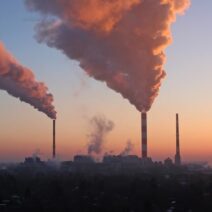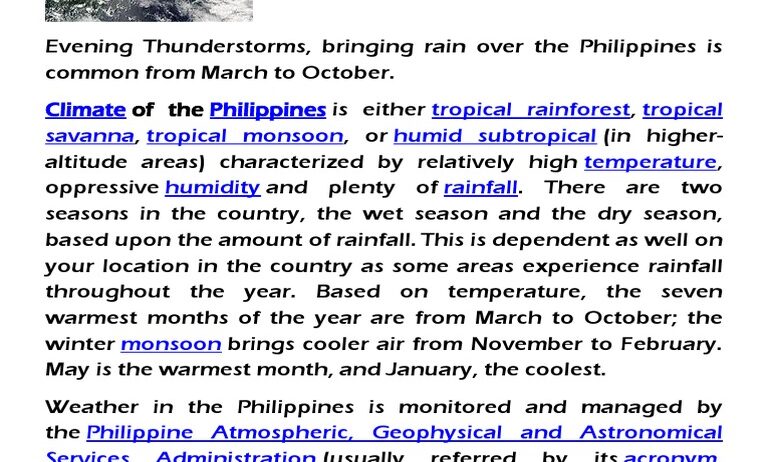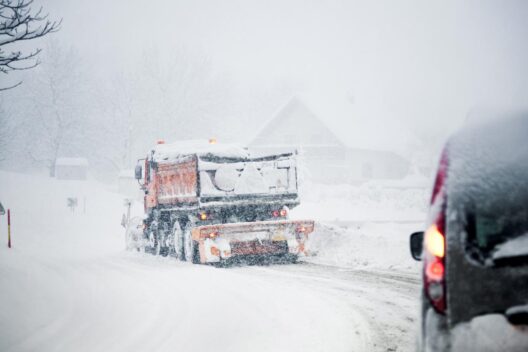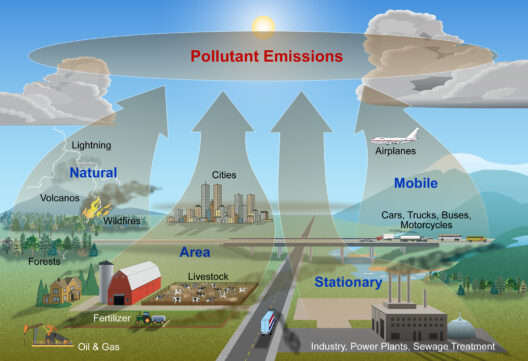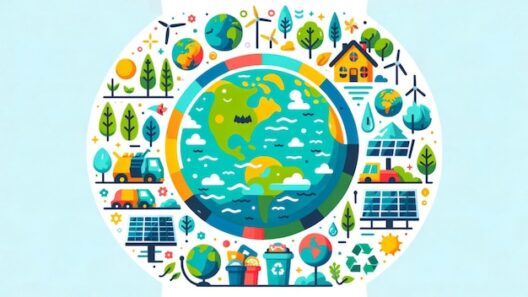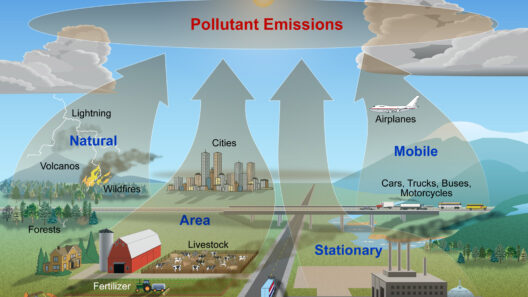In the heart of Southeast Asia lies the Philippines, an enchanting archipelago comprised of over 7,000 islands, basking in the gentle embrace of the Pacific Ocean. The climate here is a compelling narrative, oscillating between lush tropical paradise and tumultuous stormy seas. This duality invites us to delve into the intricate climatic patterns and environmental challenges that define this vibrant nation.
The Philippines exhibits a primarily tropical climate, which is categorized by two distinct seasons: the wet and dry. The dry season typically commences in November and culminates in April, while the wet season spans from May to October. However, these seasons are not uniformly experienced across the archipelago, as geographical nuances foster radically varied weather conditions. Humidity levels can skyrocket, frequently reaching over 90%, particularly during the peak wet months, creating a sultry atmosphere that can be both intoxicating and oppressive.
Perhaps most striking is the Philippines’ vulnerability to tropical cyclones, often referred to as typhoons. With an average of 20 typhoons entering Philippine territory each year, its geographical orientation—situated along the typhoon belt—renders it particularly susceptible to these meteorological phenomena. Typhoons can unleash catastrophic consequences, from landslides in the mountainous regions to severe flooding in coastal towns, jeopardizing not just infrastructure but livelihoods and entire communities. The ferocity of these storms leads to a stark reminder of the urgent need for climate resilience.
Moreover, the alarming frequency and intensity of these storms have escalated in recent years, raising critical questions about climate change. The Philippines serves as a vivid illustration of how climate change disproportionately affects vulnerable nations. As ocean temperatures rise, so too does the potency of typhoons, pushing their destructive capabilities to unprecedented levels. This relationship between climate change and extreme weather events is a profound reality that the nation must grapple with in the years to come.
Beyond the meteorological perspective, the Philippines boasts a tapestry of biodiversity, thriving in its tropical milieu. The lush rainforests, teeming with exotic flora and fauna, play a crucial role in carbon sequestration, providing a natural buffer against climate change. These ecosystems, however, are not immune to the effects of severe weather and deforestation, which threaten not only the species that inhabit them but also the communities that depend on them for sustenance and economic stability.
The socioeconomic ramifications of this climactic dichotomy extend far beyond mere weather patterns. Agriculture, a cornerstone of the Philippine economy, is intricately linked to the whims of nature. Farmers, often reliant on traditional methods, find themselves at the mercy of the shifting climate that influences crop yields. Droughts can devastate rice paddies, while excessive rainfall can rot harvests, underscoring the fragile balance upon which food security rests. Strengthening agricultural practices through adaptive strategies is essential to empower farmers amidst these unpredictable challenges.
The urban landscape, too, faces a unique set of challenges. Stalwart cities like Manila are grappling with rising sea levels exacerbated by climate change, leading to increased flooding and displacement of populations. As infrastructure faces strain, the call for innovative solutions becomes paramount. Investment in green infrastructure, permeable surfaces, and urban planning that promotes resilience can transform cities from vulnerable hotspots into exemplars of sustainable living, challenging the status quo of urban development.
In the midst of all these challenges, there exists a burgeoning movement towards sustainability and environmental stewardship. Awareness is on the rise, with grassroots organizations mobilizing citizens to advocate for policies that prioritize sustainable practices. The integration of renewable energy sources, such as solar and wind, is gaining traction as the nation seeks to reduce dependence on fossil fuels. These initiatives not only address the immediate concerns of climate change but provide an avenue for economic growth and innovation.
Furthermore, education plays a crucial role in reshaping perceptions about climate in the Philippines. Incorporating climate change education into the school curriculum fosters a generation that is not only cognizant of environmental issues but is also prepared to tackle them head-on. Young individuals, equipped with knowledge and skills, can drive community-level projects aimed at mitigating climate risks and promoting adaptation strategies.
In conclusion, the climate of the Philippines embodies a complex relationship between the beauty of a tropical paradise and the harsh realities of stormy seas. It is a poignant reminder of the impacts of climate change that reverberate through the fabric of society, affecting livelihoods, ecosystems, and future generations. Yet, amidst the storm clouds, there is a silver lining—an opportunity for transformation. By embracing sustainable practices, investing in education, and fostering resilience, the Philippines can shift from being a victim of climate change to an exemplar of adaptability in the face of adversity. The path forward is fraught with challenges, but it is also filled with promise and the chance for innovative solutions that can redefine what it means to be a tropical paradise in the 21st century.


